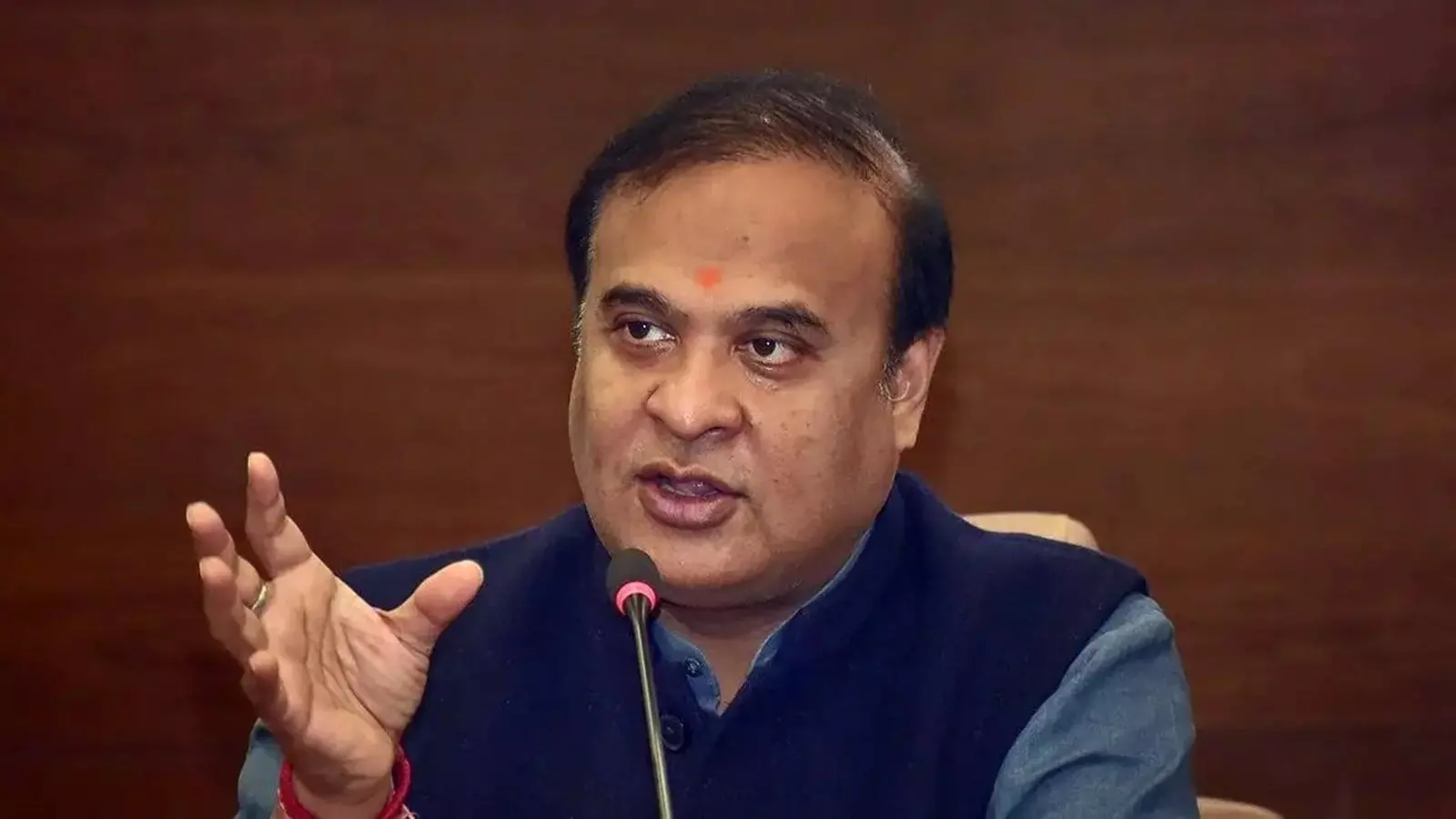A Neck for a Neck? Himanta Sarma Puts Spotlight on Bangladesh’s Two Vulnerable Chicken’s Necks

Assam Chief Minister Himanta Biswa Sarma has sounded a strong warning to Bangladesh, making it clear that any move to threaten the Siliguri Corridor — the narrow stretch connecting mainland India to the Northeast — won’t go unanswered. His remarks come as Bangladesh has increasingly brought the corridor into political discussions, a development that’s raising eyebrows in New Delhi.
Speaking at a press conference on Wednesday, Sarma pointed out that while India has one such narrow corridor connecting the mainland to the Northeast, Bangladesh has two similar chokepoints that are just as, if not more, vulnerable.
“We have one Chicken’s Neck. But Bangladesh has two. If they try to attack ours, we’ll target both of theirs,” said Sarma. He highlighted one corridor in particular—a narrow stretch near Meghalaya that links Bangladesh’s Chittagong port to its heartland—describing it as even thinner than India’s Siliguri Corridor and “just a stone’s throw away.”
Doubling down on his message, the BJP leader evoked India’s military strength. Referring to “Operation Sindoor”—in which India allegedly struck terror camps and military bases inside Pakistan—Sarma warned, “Bangladesh would have to be reborn 14 times before daring to attack India.”
His comments are expected to trigger sharp reactions in Dhaka, especially given the sensitive timing. According to reports, China is aiding Bangladesh in reviving a World War II-era airbase in Lalmonirhat—just 100 kilometers from the Siliguri Corridor. This development, combined with Bangladesh’s growing ties with Beijing, has raised security concerns in India.
India’s Chicken’s Neck, is a narrow strip of land about 22 kilometers wide that connects mainland India to its northeastern states. Disruption to this corridor could severely impact access and security in the entire Northeast.
India’s concern has deepened following remarks by Bangladesh’s interim leader Muhammad Yunus during a recent visit to China. Yunus had referred to India’s Northeast as “landlocked” and positioned Bangladesh as the region’s only access to the ocean—an apparent attempt to assert geopolitical leverage.
In his statement, Sarma highlighted Bangladesh’s own geographic weak spots—two narrow corridors he called Bangladesh’s “Chicken’s Necks.”
The first is the land link connecting the rest of Bangladesh to Chittagong, the country’s largest and most economically critical port. This corridor, which stretches roughly 30 kilometers from Sabroom in south Tripura to Mirsharai in Bangladesh, is vital. If it were ever blocked, it would isolate Chittagong—cutting off a region that handles over 90% of Bangladesh’s trade.
The second vulnerable stretch lies between India’s South West Garo Hills in Meghalaya and South Dinajpur in West Bengal, with Bangladesh’s Rangpur division in between. The distance is about 90 kilometers, and disruption here could significantly affect northern Bangladesh’s connectivity.
Sarma’s comments tap into growing concerns in India about China’s expanding footprint in Bangladesh and what that could mean for the country’s sensitive eastern border. Sarma's warning wasn’t aimed at Bangladesh alone — it also seemed to send a clear message to Beijing: India is keeping a close eye on any strategic activity near its borders.
Sarma’s fiery remarks will actually lead to diplomatic fallout, but one thing’s for sure — the Siliguri Corridor is no longer just a forgotten sliver of land. It’s now right at the heart of a much bigger and more serious geopolitical tug-of-war.
